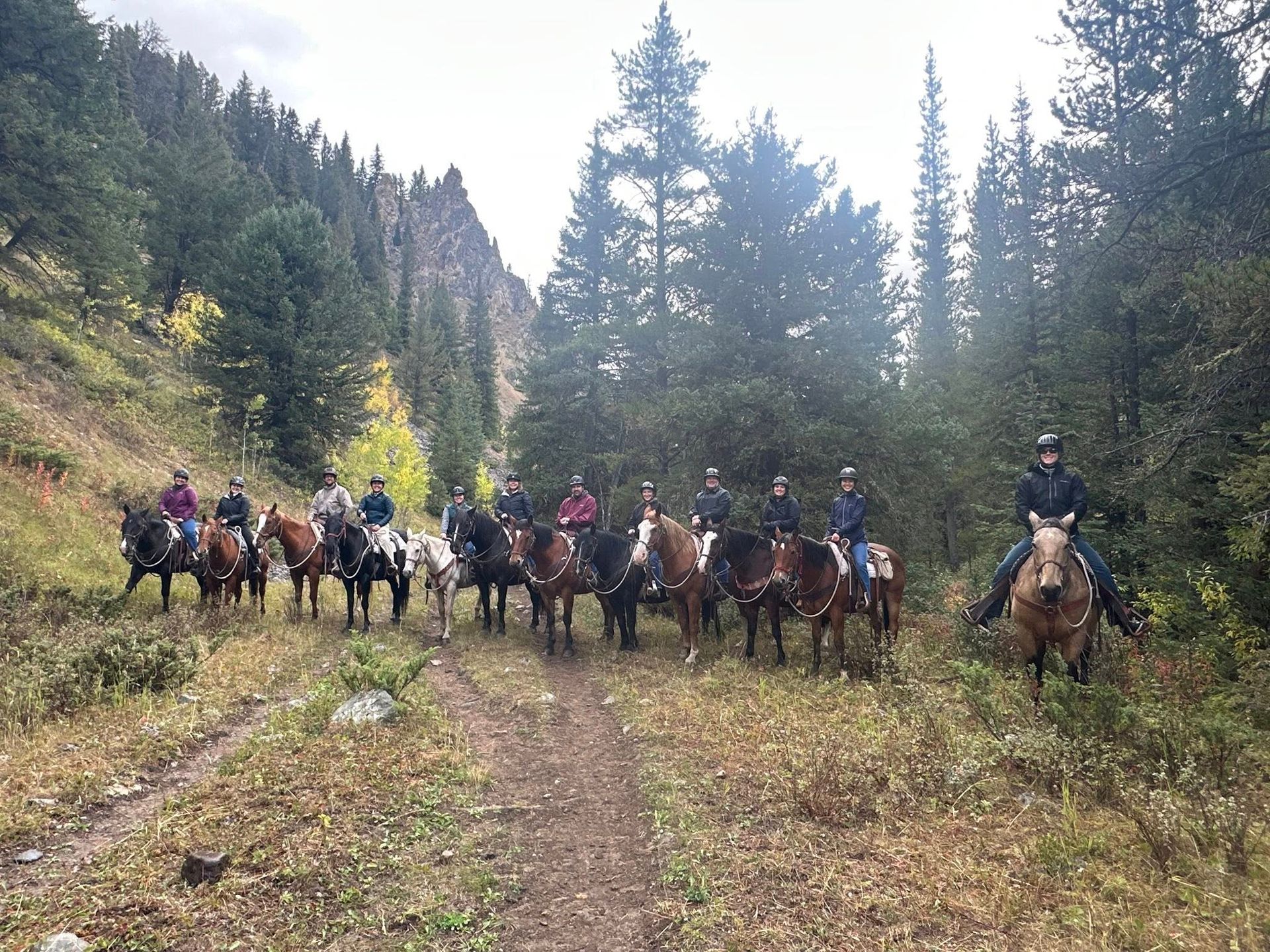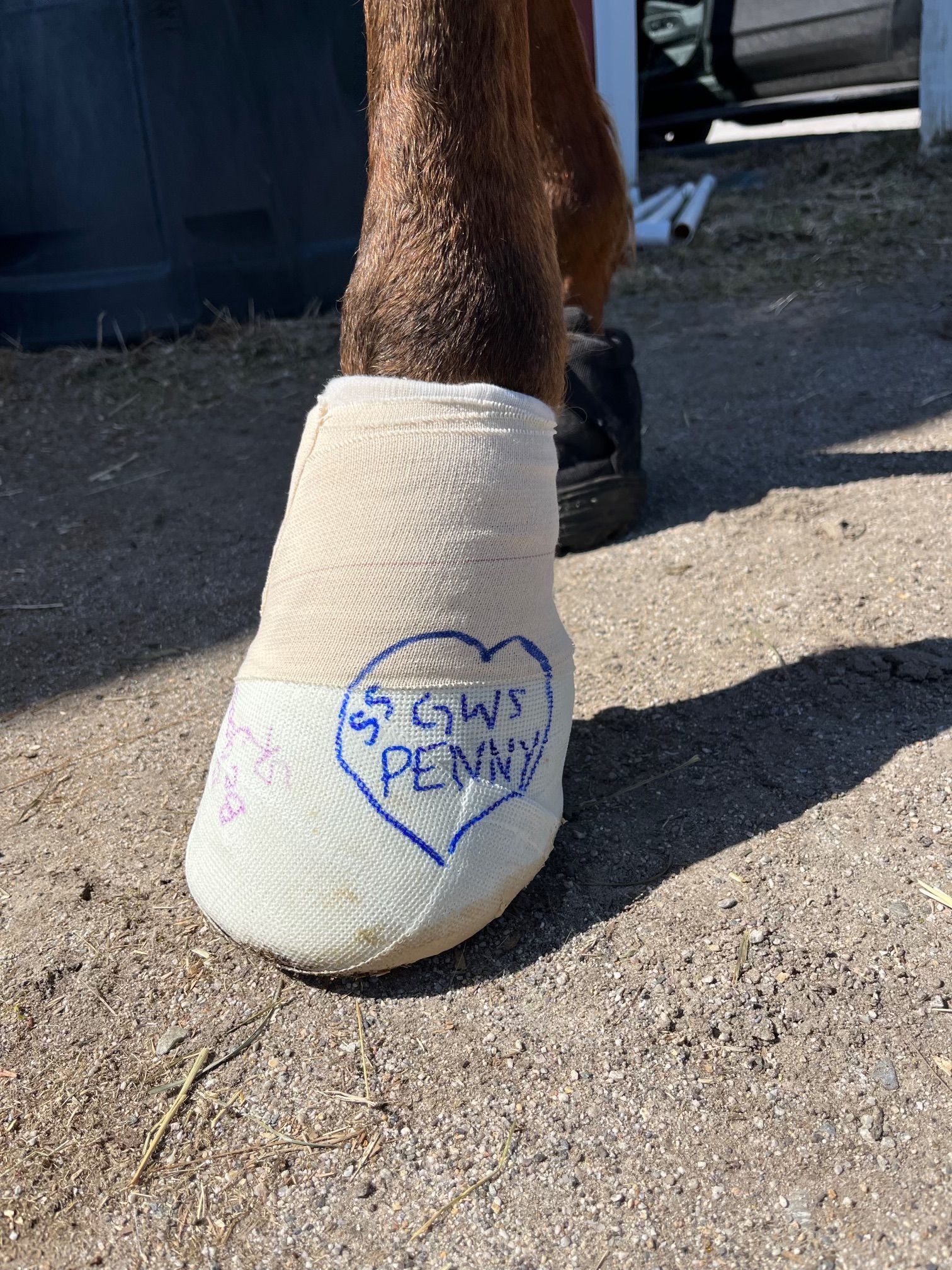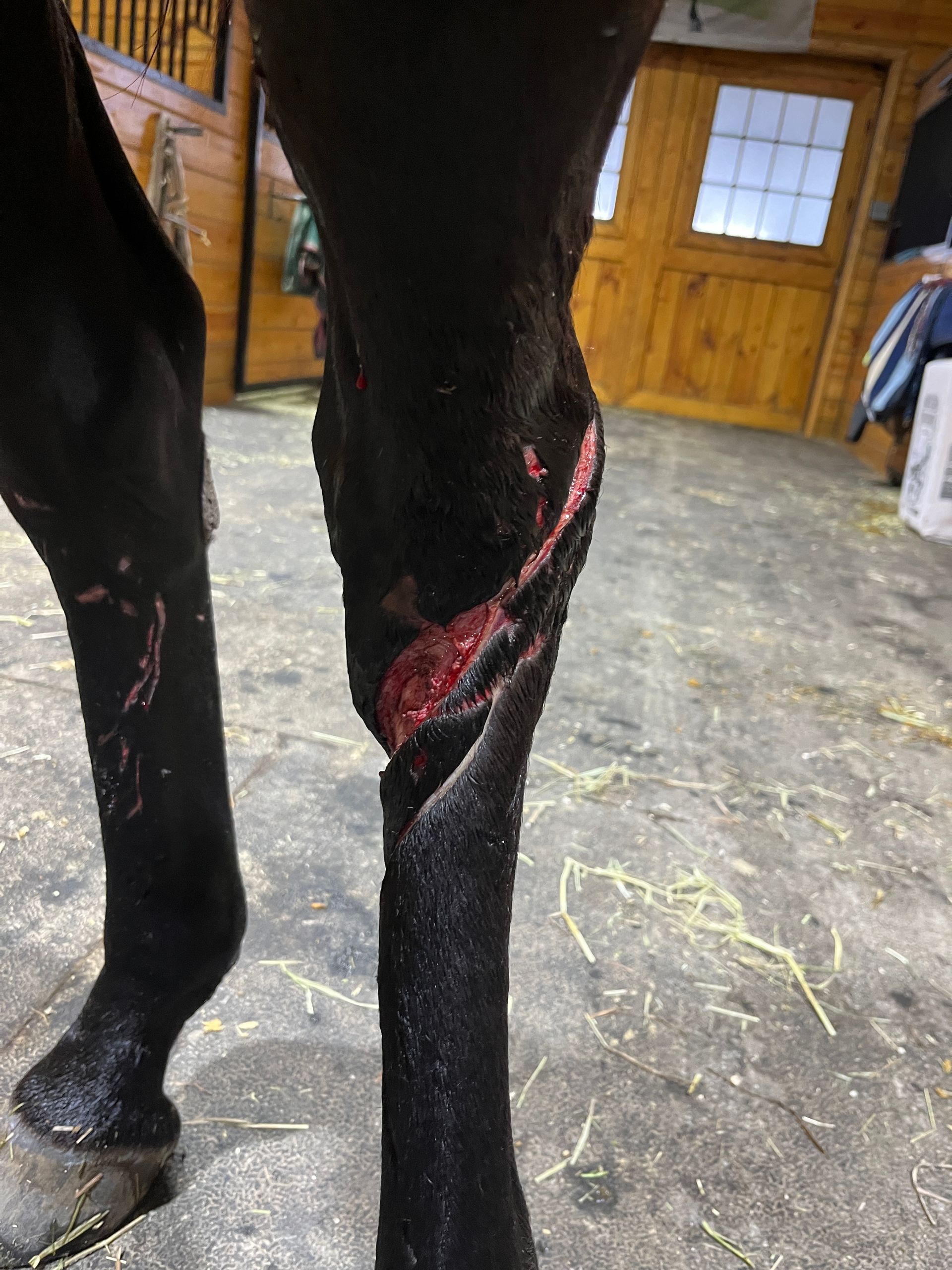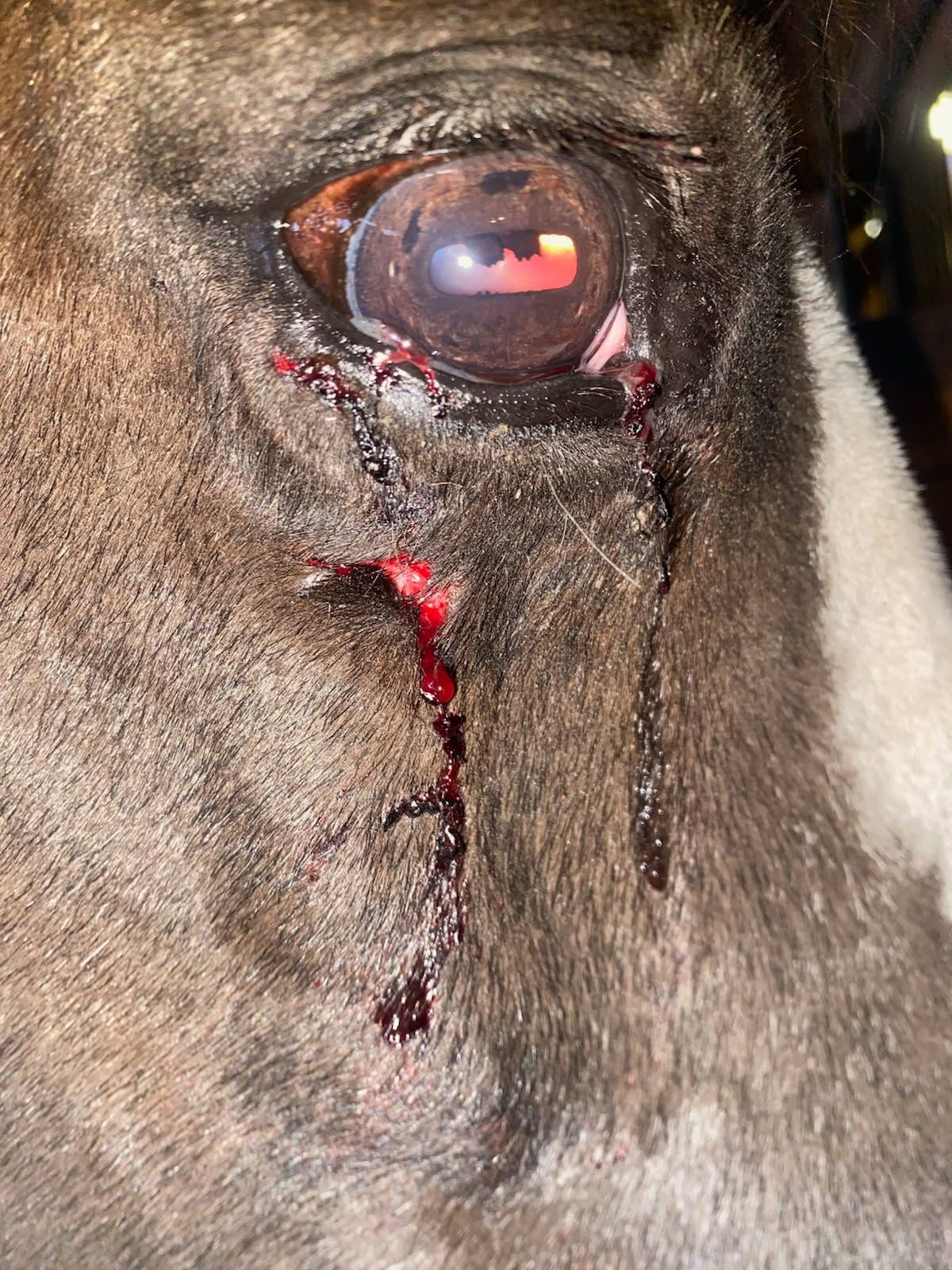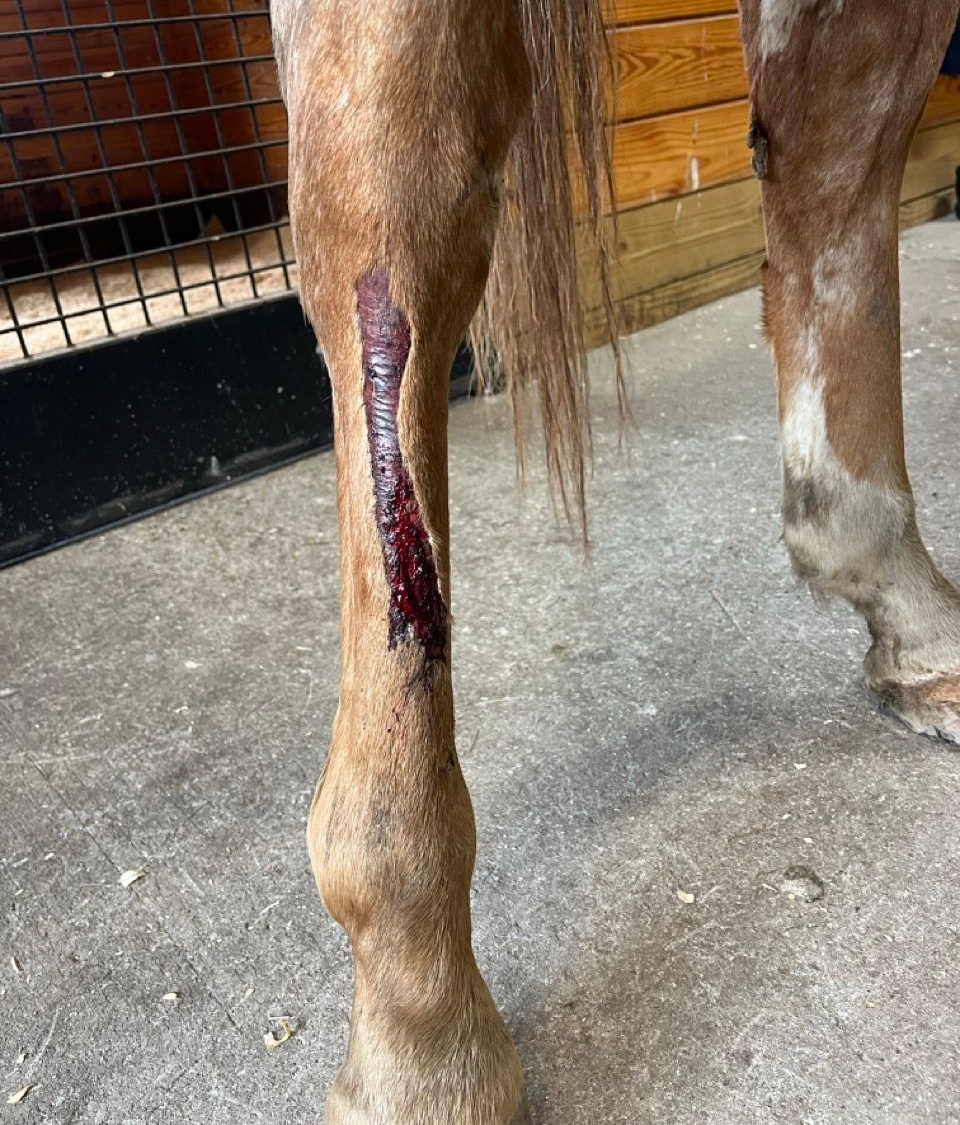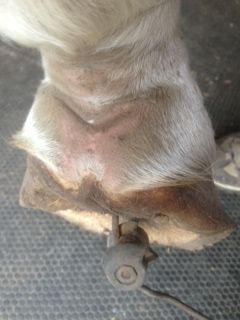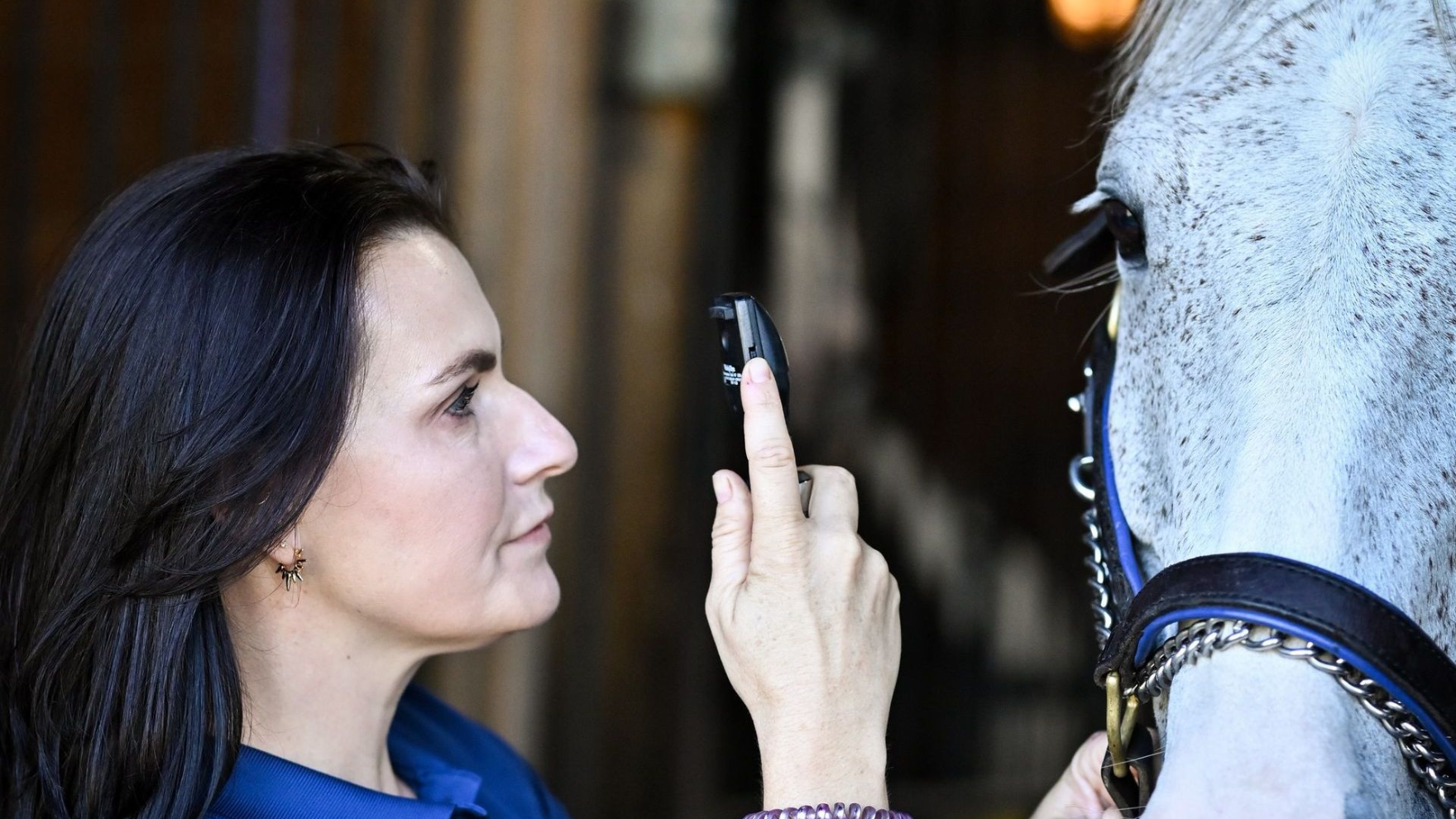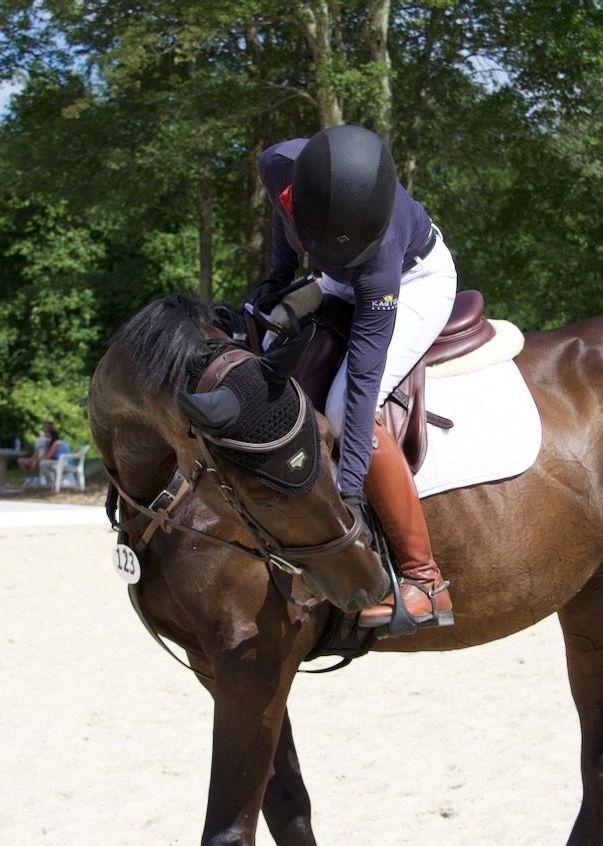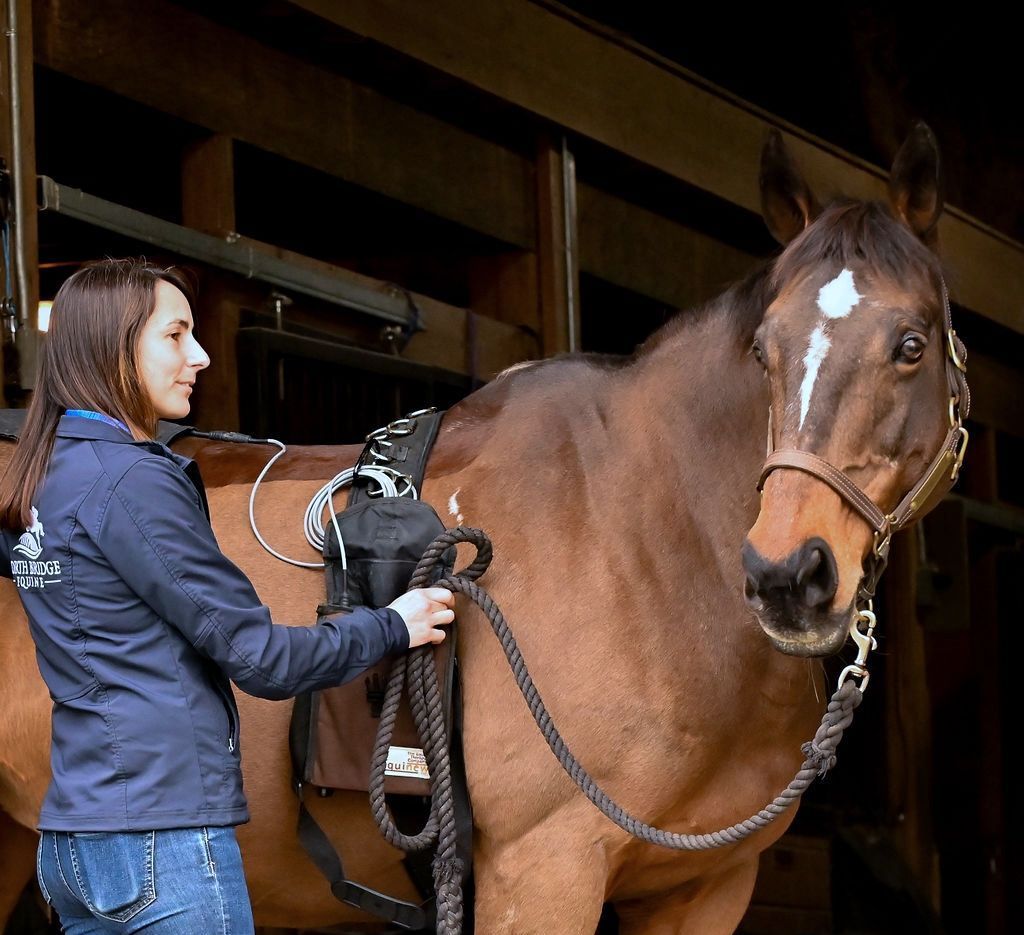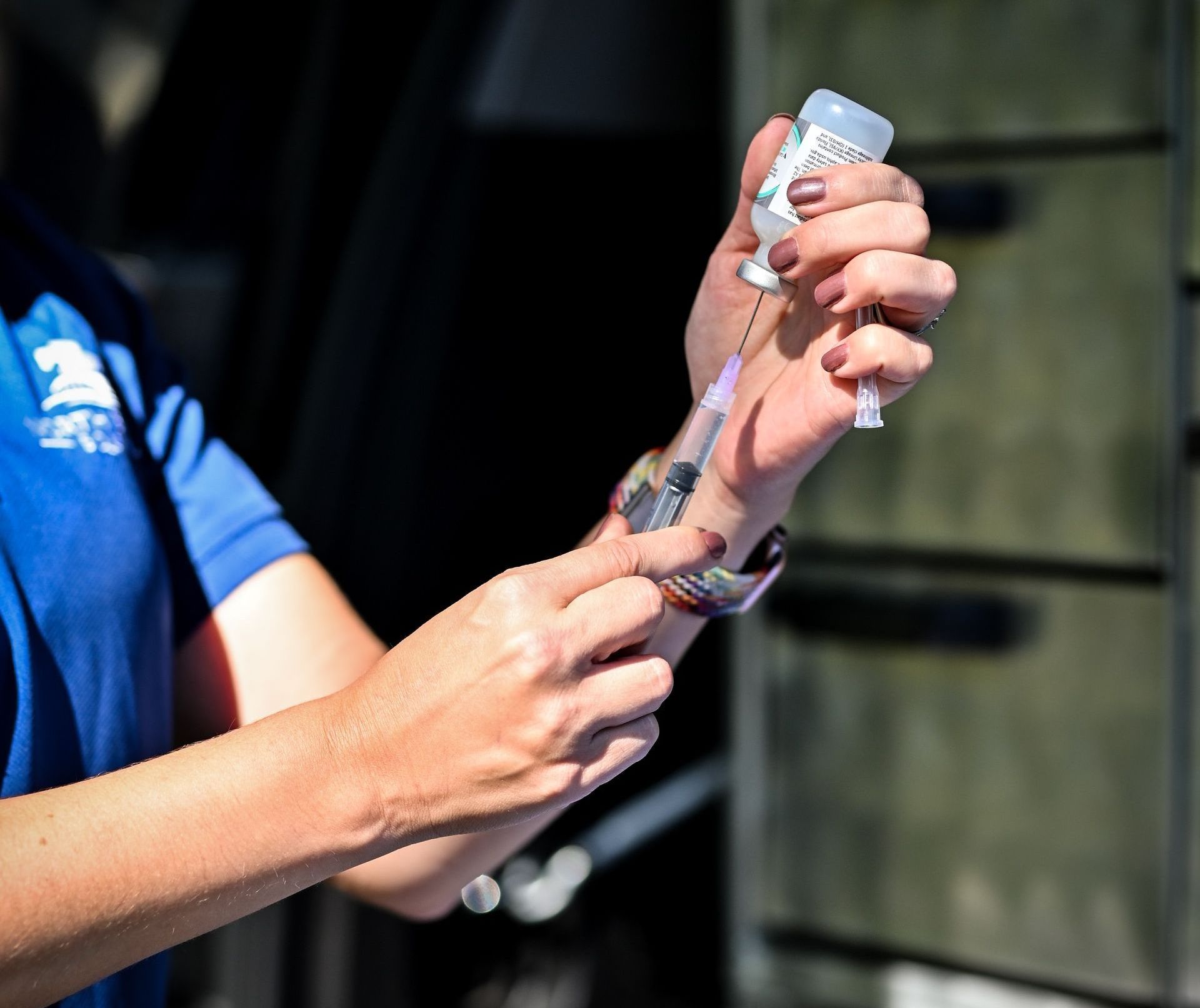Blog
Cuts, Scrapes, and Kick Wounds - Oh my!
What to look for, how to treat simple wounds, and when you should call the vet
As horse owners we all share that heart drop feeling when we find our horse limping or discover an unexpected cut. It’s normal to feel nervous but the good news is that many minor injuries can be managed at home with calm, careful steps. Read on for tips to help you treat simple things, and gather the information your veterinarian will appreciate if you need to contact them.
Observation
Don’t panic, take a breath, and take a moment to watch your horse and assess the situation.
- Body language
• Is your horse standing quietly, or is it restless and shifting weight from leg to leg? - Heart rate, respiration and temperature
• Take your horse’s heart rate. A normal rate is between 36-48 bpm. - • Listen to breathing. Is it rapid or labored? Are the nostrils flared?
- • Take your horse’s temperature. Normal temperatures range from 98-100.7, potentially
• higher if very stressed or recently in the sun.
- Bleeding and shock
• Is there active, heavy or pulsating bleeding?
• Watch for signs of shock: very fast heartbeat, cold ears, or bright red gums.
If you spot heavy bleeding, rapid breathing and sweating or signs of shock, call your veterinarian immediately. These are emergencies that need professional care right away.
Quick Definition: What Is Shock?
Shock is when your horse’s circulation and organs aren’t getting enough blood due to blood loss or severe infection.
Signs include: very fast pulse (>100), cool extremities, white or bright red gums, dilated pupils and rapid breathing.
Step‐by‐Step for Simple Wound Care
If your horse is calm, bearing weight, and the bleeding is light, you can start basic first aid:
Clean the area
- Dilution is the solution to pollution! Rinse with clean water (hose water is fine).
Stop the bleeding
- Apply a clean cloth or gauze pads (maxi pads work great!) under a vetrap bandage on the wound until bleeding slows.
If the cloth soaks through, add a fresh layer on top without removing the first one.
In the event of serious bleeding- this is a time when it is acceptable and desired to apply the bandage under pressure. If the bandage soaks thru add more padding and more pressure wrapping on top. You should have already called your vet….
Disinfect
- If able, gently clean the wound with betadine scrub.
- Skip hydrogen peroxide and rubbing alcohol—they damage healthy cells (and alcohol BURNS!) and slow healing.
- Apply Neosporin, SSD, or Furacin to the wound
Apply a bandage
- Use soft padding (cotton roll or clean gauze).
- Vetrap can be applied over the gauze lightly—not too tight for minor bleeding.
- Tuck in the ends so the wrap won’t unravel as your horse moves.
- Place a No-Bow and standing wrap over this light bandage.
- Check twice daily. Remove the wrap every 12–24 hours.
- Re‐clean, re‐apply medication, fresh padding, and a new bandage.
Watch for Infection: Know the Warning Signs
Some wounds take a wrong turn and become infected. Keep an eye out for:

When to involve Your Veterinarian
Some injuries always need expert help:
- Deep puncture wounds (example: stepping on a nail or impalement by fencing parts)
• High risk of trapped bacteria.
• If it can safely be avoided, try not to pull the object out-it is extremely helpful for the veterinarian to assess the wound path with xrays and/or ultrasound to determine potentially affected structures. - Joint or tendon injuries (wounds or swelling near hocks, knees, or fetlocks)
• Severe tendon injuries can really change how your horse stands or moves: - Extensor tendons: Horse knuckles over or struggles to place the hoof properly flat.
- Flexor tendons: You might see the fetlock drop or the toe lift off the ground.
- Suspensory ligament injuries: Damage to the main body of the ligament may present with more generalized swelling and lameness. Injuries to the branches often result in swelling on the sides of the fetlock. There may also be significant fetlock drop.
- Severe lameness (horse won’t put any weight on the leg)
- Could signal a fracture or severe soft‐tissue damage.
In these cases, call your vet first and follow their instructions until they arrive.
Early veterinary care can prevent long‐term problems.
Recent Posts
